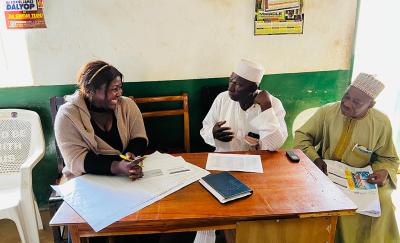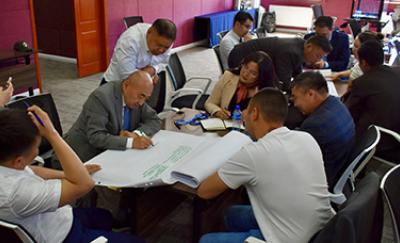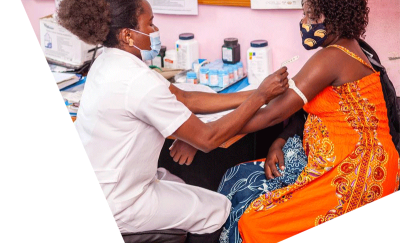Authors
Kelly Saldana, Abt Global [U.S. Agency for International Development (USAID) when this was written]; Rachel Deussom, Wanda Jaskiewicz, Chemonics International; Arush Lal, ACT-Accelerator Health Systems Connector CSO Platform, London School of Economics; Diana Frymus, Kimberly Cole, USAID; Mary Ruth S Politico, Philippines Department of Health; Vamsi Vasireddy, U.S. Department of Defense [USAID when this was written]; Glenda Khangamwa, Malawi Civil Service Commission
The COVID-19 pandemic shows the effects of chronic underinvestment in health workforce development, particularly in resource-constrained health systems. Inadequate health workforce diversity, insufficient training and remuneration, and limited support and protection reduce health system capacity to maintain equitable health service delivery and meet health emergency demands.
Applying the Health Worker Life Cycle Approach provides a useful conceptual framework that adapts a health labor market approach to identify key areas for health workforce investment to address the needs of health workers and the systems they support. The approach outlines novel, person-centric interventions to build, manage, and optimize human resources for health to ensure health workers reach their potential at key stages of their development and career progression.
While the global pandemic has spurred intermittent health workforce investments required to respond quickly to COVID-19, applying the life cycle approach to guide policy implementation and financing interventions is critical. It would focus on health workers as stewards of health systems through out their careers. That would strengthen health system resilience to public health threats, enable it to respond sustainably to community needs, and allow for provision of more equitable, patient-centered care.
The prepandemic estimate of a 10-to-1 return on health workforce investments is now likely even greater. The COVID-19 pandemic has made clear that investing in health workers is literally a matter of life or death.



